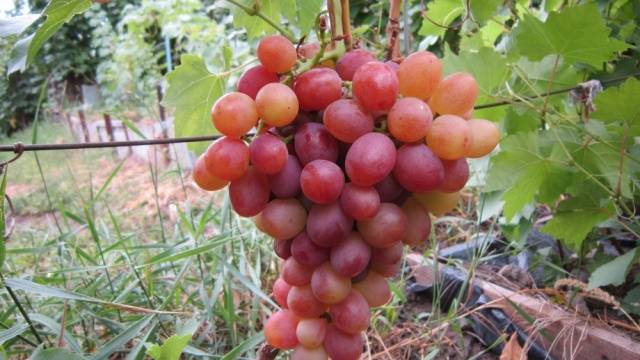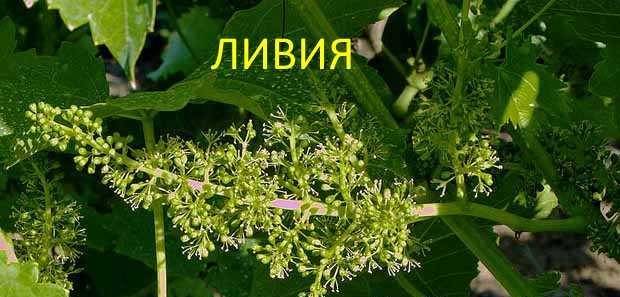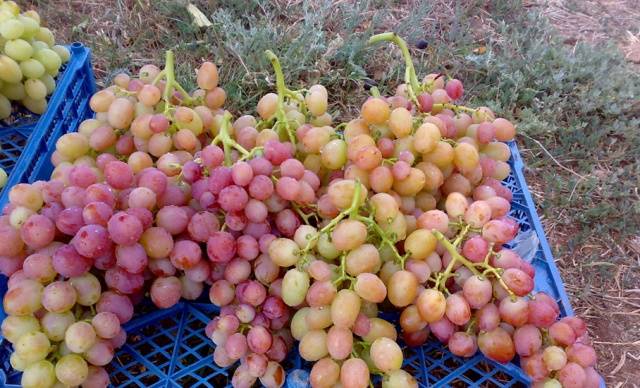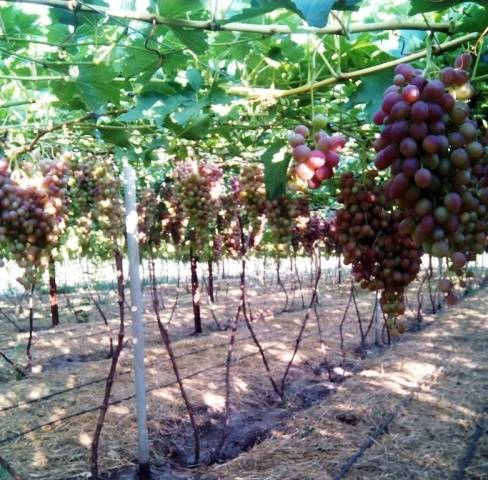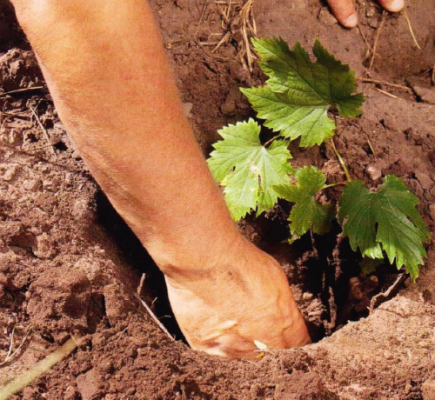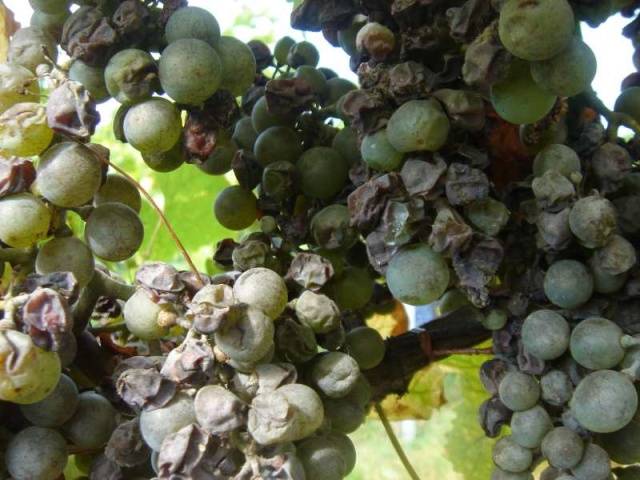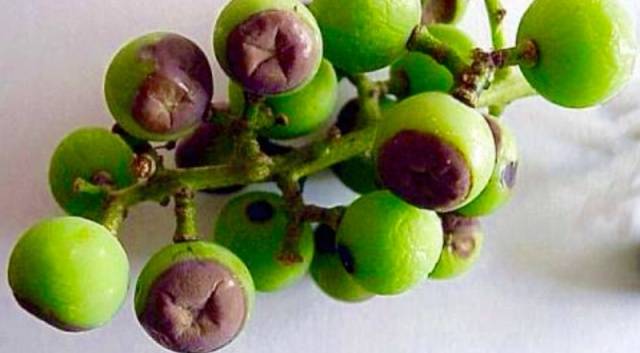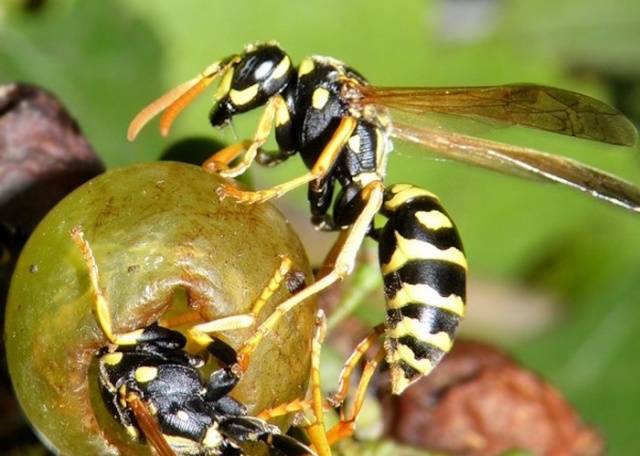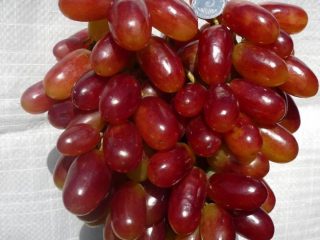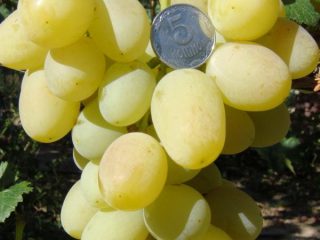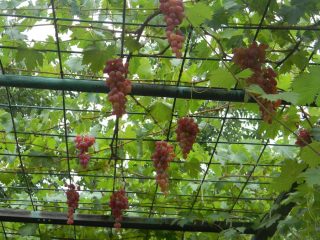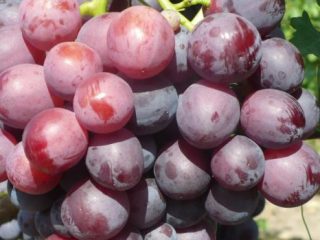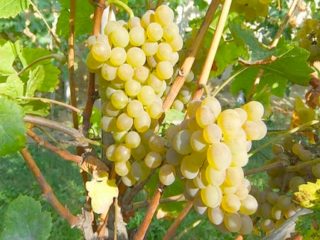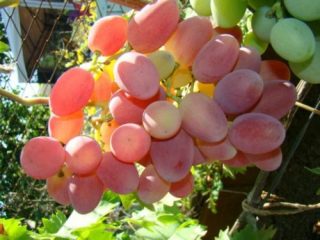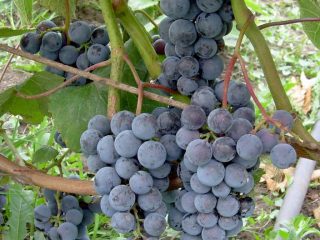Content
Viticulture, as a part of agriculture, is an ancient craft. More than a thousand years ago, the first cultivated grapes were grown. Of course, then the plant was completely different in taste and external qualities. Today there are a large number of varieties, so choosing is difficult. Especially if there is no description of the qualities of the grapes, the main characteristics are not indicated.
We present to our readers the Libya grapes, grown quite recently, but which have managed to win the hearts of gardeners. The author of the variety is Vitaly Vladimirovich Zagorulko, who lives in Zaporozhye. He has been involved in selection work for a long time. Russian winegrowers are familiar with its hybrid grape varieties. Many people grow Bazhena, Veles, Zabava, Sofia and others. The Libya grape variety (see photo) was obtained from crossing Flamingo and Arcadia and has been included in the register in Ukraine since 2011.
The photo shows a bunch of Libya grapes.
Description
It is difficult to imagine Libya grapes without a description of the variety, photos and reviews from gardeners. We will try to give a description, indicate the advantages and disadvantages of the plant, talking about everything in detail.
Libya grapes are a table variety. It contains both female and male flowers. They are inconspicuous, as can be seen in the photo, but the result of flowering is surprisingly tasty berries.
Ripens early, literally in three months (100 days). The yield of the vine is high due to large berries, from 8 to 15 grams, and a dense cluster, the weight of which reaches from 600 to 900 grams, or even higher. There is practically no “painting” on the brushes. The photo clearly shows the size of individual berries. It’s easy to imagine them in comparison with a nickel.
The berries are juicy, fleshy, with a nutmeg flavor. The skin is soft and almost unnoticed during consumption. There are very few seeds, no more than three. On one bunch of grapes at the same time, the berries can be yellow and pink with a purple tint. The fact is that the color changes during the ripening process.
The shape of the berries is also different: spherical, oval or ovoid. Livia grapes do best on the sunny side. Then the ripening proceeds more smoothly and the harvest is richer, as in the photo below. Although technical ripeness in the hand does not occur simultaneously. Our readers who deal with Libya often write about this in their reviews.
Libya grapes have a high sugar content - up to 25%. That is why winegrowers often call it candy.
On a young shoot the crown is light green, there is no pubescence. There is no division on the first leaf, but on all the others there are five blades with a medium dissection. It is easy to determine whether an annual shoot has matured: it will be light brown in color. Libya's vine is powerful, strong, and rises high.
Varietal Libya, video filmed by a winegrower:
Characteristics of the variety
Libya today is grown not only in summer cottages, but also on an industrial scale. Based on the characteristics, I would like to point out the advantages of the grapes:
- High shelf life: cut bunches of Libya do not lose their presentation and taste throughout the month. Which fully corresponds to the description: dense berries with fleshy pulp do not wither, do not lose turgor, and do not crack.
- Another important characteristic is the excellent transportability of grapes: the berries in the clusters do not wrinkle. This is a very good indicator necessary for farms.
- The stability of the grape harvest with proper care amazes even experienced gardeners.
- The Libya variety is self-pollinating, so you can plant one bush on a trial plot at your summer cottage and get a good harvest.
- The frost resistance of this grape variety allows it to be grown in central Russia with reliable shelter. Temperatures of -21 degrees are tolerated by the vine with virtually no loss.
When talking about the Libya variety, one cannot remain silent about some shortcomings, although they are few in number:
- Uneven coloring of ripening berries on the brush.
- Low resistance of grapes to diseases such as mildew and oidium.
Features of care and cultivation
General information
Caring for Libya is not much different from other grape varieties:
- The vine needs abundant watering, fertilizing, timely pruning and pinching.
- Livia grapes require fertilizing during growth, especially potassium-phosphorus fertilizers and organic matter. Fertilizers are applied dry to plants in late autumn or spring.
- Livia is a vigorous plant, so short pruning is necessary from time to time.Forming a bush involves regulating the load: it is recommended to leave no more than 45 eyes on one plant. Experienced gardeners note in reviews that a larger amount leads to a decrease in yield, since some of the bunches on the vine do not ripen. Unlike other varieties in Libya, it is not recommended to pick off the leaves.
- If a lot of flowers form on the bush, then some of them need to be removed.
- The Libya grape variety produces a lot of shoots and shoots. They need to be regulated. Before flowering, be sure to pinch off excess fruit stalks and remove the stepsons, otherwise the plant will waste its energy on growth, and irreparable damage will be caused to the formation of the crop.
- As for sheltering old plants for the winter, based on their characteristics and the description of the variety, it is necessary if there may be frosts below 21 degrees in the region. Young plantings are covered, regardless of temperature.
This is what a plantation with Libya grapes looks like in the photo.
Rules for planting new plants
Livia grapes are propagated in different ways: cuttings, grafting. But we will dwell in more detail on planting seedlings.
To get a healthy plant you need
- Have a healthy grape seedling with two or three buds, without signs of disease or pest damage. The roots of the grapes should be alive, and the cut site should be green.
- Before planting the bush in a permanent place, the tips of the roots are trimmed and treated with a growth stimulator.
- The hole under the future grapes should be three to four times larger than the seedling. It is filled to the middle with humus, and on top with sand or soil.If you place the plant directly on humus, you can burn the root system.
- When burying, care must be taken not to damage the fragile roots. Two buds should remain on the surface.
It is better to plant new Libya bushes in spring and autumn. Small first-year shoots are first tied to stakes. In the second year, you need reliable support; this is usually a trellis.
How to water
Judging by the characteristics and reviews of experienced gardeners, the Libya grape variety is watered twice a season. The first time flowers bloom on plants. The second is after tying the berries. But this is provided that it rains in between.
If there is no precipitation, then you understand that additional watering is necessary. But it should be moderate, since excess water can cause cracking of the grapes. Libya especially needs water when the heat is unbearable.
About diseases and pests
Caring for Libya grapes also includes saving them from diseases and pests. The most dangerous diseases for the variety are oidium and mildew, although resistance is measured at 3.5 - 4 points out of 5:
- A signal of oidium is the appearance of gray mold on grape leaves. If timely measures are not taken, it will end up on all other parts of the plant, including the bunches. Look at the photo below: this is what diseased plants look like.
- Preventive measures help avoid grape diseases. To spray Libya against oidium, special preparations are used, as well as colloidal sulfur.
- Mildew (downy mildew) most often develops in highly dense plantings in Libya. As a preventive measure, timely pruning, pinching and pinching to create normal air circulation.Treating grapes with Bordeaux mixture helps against the disease.
If we talk about pests of grapes, these are primarily wasps and birds. The sweet-tasting berries (this was noted in the description of the variety) become a real delicacy for them. To protect grapes from birds, you need to throw a thin fabric or transparent mesh over the trellises. For wasps, traps with sweetened sugar or insecticidal honey are placed around grape plantings.
